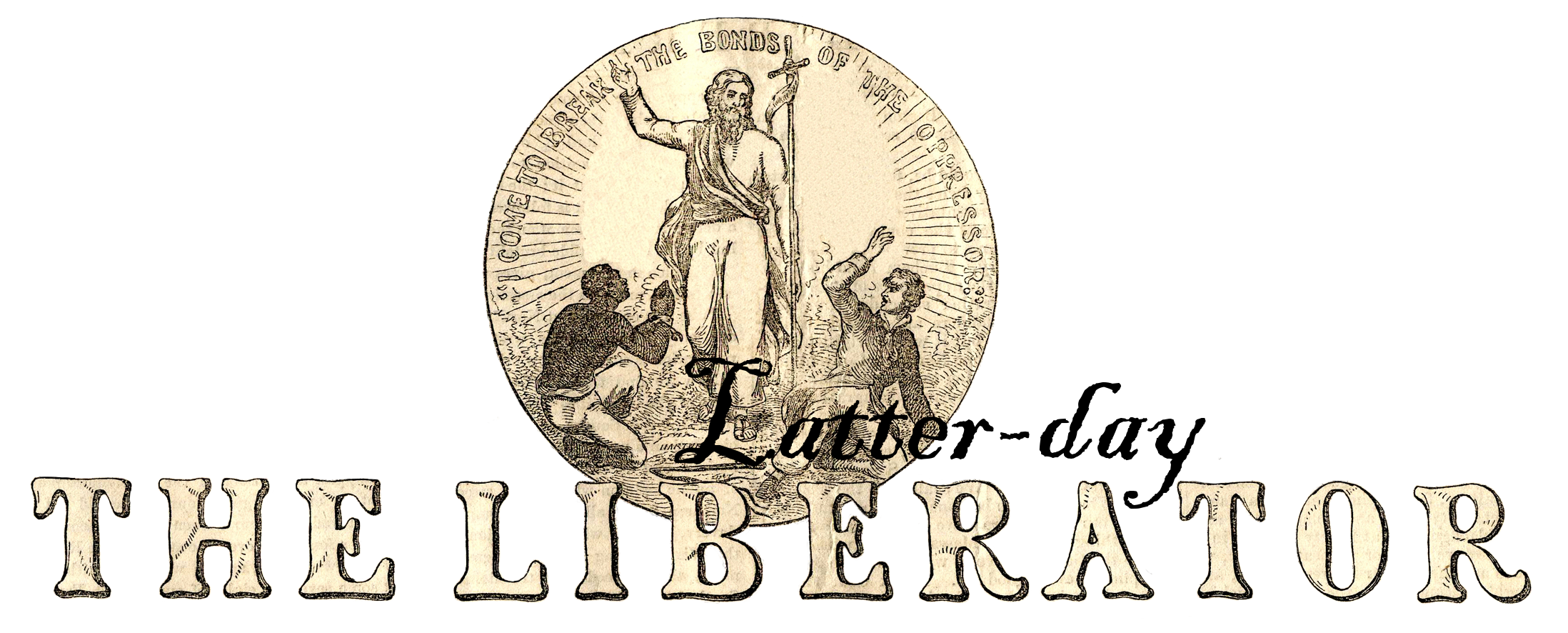This article explains that Satan’s goal is to be worshipped as God, opposing Jesus Christ and His teachings by spreading false doctrines and corrupting political and religious systems. I explore Satan’s tactics using scriptural references to reveal what the religion of Satan looks like and emphasize how to fight against Satan through understanding and living by the Word of God. I also expose the manipulation and lies spread by Antichrists, both ancient and modern.
Tag: The Atonement of Jesus Christ
Heaven Is Real, Hell Is Real, and Why Life Matters
Why does Pascha, Easter, matter?
The story of Pascha is phenomenal, but why does it matter that Christ atoned for Death and Hell? Why does it matter that salvation and exaltation are open to all? What really is worth celebrating at this time of year?
This forgotten LDS Classic by N.L. Nelson on the reality of Heaven, the reality of Hell, and the richness, depth, and meaning these truths imbue into our lives answers these questions and more.
This is why Pascha matters and why it is the pinnacle of Christian holy days.
The Important But Forgotten Part of Easter
Holy Saturday is the day which most of traditional Christianity spends in a kind of solemn mourning in commemoration of the death of the Savior and in anticipation of His glorious Resurrection. Often overlooked is that while Christ’s body may have been laid low in the Arimathean’s tomb, His spirit was active and engaged in one of the most essential but overlooked aspect of the Atonement of Jesus Christ – the initiation of the redemption of the dead. This Holy Saturday I want to remember and celebrate Chist great postmortal ministry when He began the work of saving all people who have ever or would ever live, ensuring all would have the oppurtunity to have the eternal blessings of His Gospel and to be transformed by the power of its ordinances, so that all people could stand before God and be judged fairly and redeemed completely. This article explores His work in the Spirit World, what we know about the work that happens there, and how this can empower us to live live our faith in this life and in the next.
Remembering The Power of The Cross on Easter
It is well known within and without of Mormonism’s cultural bubble that Latter-day Saints don’t wear crosses, nor do we consider the Cross as the symbol of our faith. Why this is will have to wait for another time. This Holy Week I instead want to explore the symbol of the Cross not in our society but in our theology. Unlike our discourse, every book of LDS scripture is awash with the symbol of the Cross and the Suffering Savior, the Crucified Christ, as the symbol of discipleship and the focus of faith. What do the scriptures have to say about the symbol of the Christ and what does it mean for what we believe and how we should teach about the Atonement of Jesus Christ? What does it mean for our Christianity? How should Latter-day Saints look at the Cross, especially as we go into the Paschal/Easter season? This is what I explore in today’s article as I prepare my heart and mind for celebrating the Crucifixion and Resurrection of Christ the Lord.
The Christian Case For Nonviolence
The following address, “A Case for Christocentric Nonviolence”, is a copy of a presentation made by New Testament scholar Dr. Preston Sprinkle. It is merely the tip of the iceberg of the evidence and arguments from Christian scripture, history, and theology he uses in his book “Fight” to demonstrate that Christianity is rooted in an absolute ethic of God-like love for all and the commandment to renounce all violence for all causes as Christians are ordered by Christ’s word, deeds, and example to save our enemies, not destroy them. In it he discusses four basic theses, statements of fact that will be proven, which demonstrate the nonviolent nature of Christ and Christian teaching. Then he deals with four arguments commonly made by people trying to justify Christian violence – Romans 13, the cleansing of the temple by Jesus, Jesus telling the Apostles to go buy sword, and the Second Coming – and after demonstrating the errors in them and answering those concerns he concludes by suggesting but a few ways of how this should effect the way we think and act as Christians today in both terms of violent personal self-defense and in war.
The True Meaning of Christmas
Christmas Day is a day replete with meanings. The birth of the child Jesus was also the birth of Christ the Savior and the Nativity cannot be separated from the Crucifixion or the Resurrection in its meaning and purpose. And because it is so connected to the Atonement it is also connected to all the hopes, dreams, and fears that lurk in the minds of men and which they act out in their lives for good and ill. The Nativity is therefore rich and deep in meaning for all people a sit holds the promise of all the light, joy, healing, and eternal exaltation that Christs promises to all the world, not only those who follow Him. It is the promise of life immortal to all and life eternal for all. And that is always worth celebrating.
